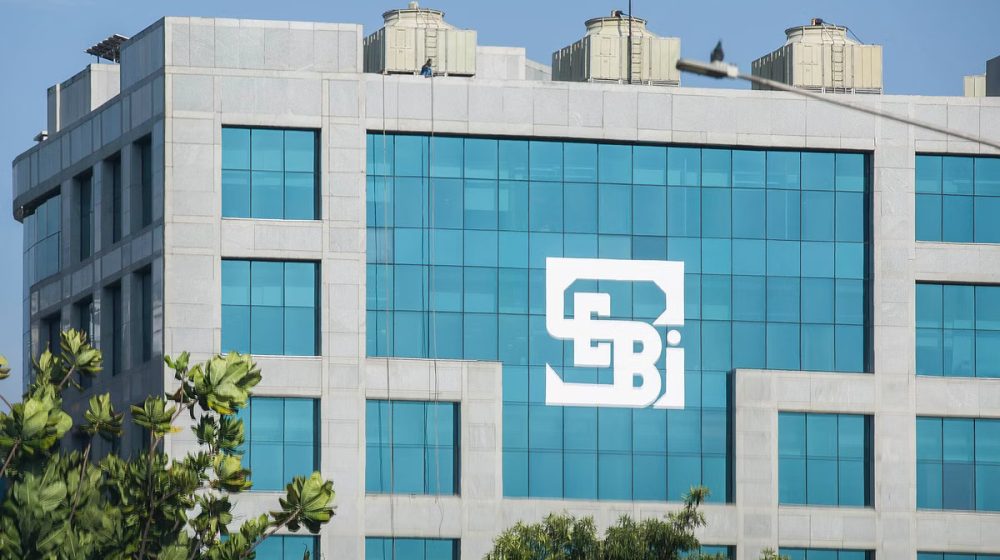In July 2025, large parts of Punjab faced devastating floods that submerged paddy fields, washed away infrastructure, and disrupted rural livelihoods. For a state often described as India’s “grain bowl,” this was more than a natural disaster, it was a financial crisis. Banks and cooperative societies braced for repayment delays, traders saw working capital dry up, and farmers once again turned to compensation and loan waivers.
The Punjab floods are only the most recent reminder of a larger truth: climate change has made agriculture one of the riskiest sectors in India, with systemic spillovers into finance, insurance and trade. And while crop insurance is at the centre of risk transfer, it must now evolve into a broader risk management ecosystem, where insurers, financial institutions, policymakers, and crucially, SMEs all play a role in building resilience, not just funding compensation.
The Expanding Climate Risk Landscape
India’s agricultural system is geographically diverse but uniformly vulnerable. Each state has its own exposure profile:
- Punjab floods: Crop damage to paddy and basmati exporters, with downstream effects on agri-MSMEs in milling and logistics.
- Assam floods: Repeated erosion of tea plantations and horticulture.
- Maharashtra drought cycles: Sugarcane and cotton belts face recurring water stress.
- Himachal Pradesh & Uttarakhand landslides: Fruit orchards and floriculture hit by sudden disruptions.
- Kerala floods (2018, 2019 and renewed seasonal patterns): Spices and plantation crops badly affected, leading to export bottlenecks.
Each of these events represents not just an environmental shock but a financial risk transfer chain, from farmers to banks (loan defaults), from banks to insurers (claims), and from insurers to governments (reinsurance and subsidies).
Crop Insurance: First Line, But Not the Last
Crop insurance schemes like the Pradhan Mantri Fasal Bima Yojana (PMFBY) provide important safety nets. Premiums are subsidized and payouts are triggered when yields fall below thresholds. Yet penetration remains low at around 30%, due to:
- Awareness gaps, especially among smallholders.
- Delays in claim settlement.
- Complex documentation and weak digital integration.
- Premium affordability for non-subsidized crops.
From a risk management lens, insurance cannot remain a reactive relief tool. It must become part of an integrated system that predicts risks, incentivizes preventive practices, and creates buffers before the disaster strikes.
From Payers to Risk Managers
Insurance companies face a paradox: climate shocks increase the frequency of claims, but they are also expected to expand coverage. This dual pressure requires a shift from passive claim settlement to active risk management.
- Product Innovation: Move beyond yield-based indemnity to parametric insurance triggered by rainfall, flood or temperature indices; design hybrid products for agri-MSMEs covering supply chain disruptions.
- Technology Integration: Use satellite imaging, drones and AI risk maps for faster assessments and dynamic premiums.
- Bank Partnerships: Bundle insurance with Kisan Credit Cards, cooperative loans and agri-fintech lending.
- Reinsurance and Risk Pools: Collaborate with global reinsurers and create state-level risk pools for exposed regions like Punjab or Assam.
By managing risks proactively, insurers can protect both farmers and their own solvency.
BFSI Exposure: A Systemic Risk
For India’s financial sector, climate shocks are no longer local disruptions they are systemic risks. Each flood, drought or landslide creates a domino effect:
- Farmers unable to repay loans – NPAs rise for banks and cooperatives.
- Agro-MSMEs unable to source raw materials – loan defaults and restructuring.
- Insurers overwhelmed by claims – liquidity strain and dependence on subsidies.
Banks and NBFCs must integrate climate stress tests into lending practices, adjusting credit exposure for farmers in high-risk zones or mandating bundled insurance.
Technology as a Risk Mitigator
Digital tools can transform insurance from reactive relief to proactive resilience:
- Remote sensing for transparent yield estimation.
- Blockchain for claim traceability and fraud prevention.
- IoT cold chains to reduce post-harvest losses, often as damaging as crop failures.
- AI forecasting models for insurers and governments to pre-position financial relief.
Such tools reduce disputes, speed up payouts and rebuild farmer trust in insurance.
SMEs as Climate Solution Enablers
Often overlooked in climate resilience, Indian SMEs are uniquely positioned to develop localised, affordable and scalable solutions that address both the causes and impacts of extreme weather events.
- Flood & Water Management: Engineering SMEs can design low-cost flood barriers, drainage systems, and rainwater harvesting structures for rural districts.
- Climate-Resilient Farming: Agri-tech startups can scale drought/flood-resistant seeds and deploy sensor-based irrigation to reduce water stress.
- Supply Chain Resilience: Logistics SMEs can expand IoT-enabled cold chains to minimize spoilage during climate shocks; packaging SMEs can innovate in sustainable weather-proof solutions.
- Digital Risk Platforms: Fintech SMEs can build farmer-facing apps with weather forecasts, insurance eligibility, and credit score integration.
- Green Energy: Renewable SMEs can promote solar irrigation, micro-grids and biogas, reducing water-intensive, carbon-heavy practices.
By embedding SMEs into the climate response, India ensures solutions are bottom-up, adaptive and commercially viable strengthening resilience while creating new business opportunities in cleantech, agri-tech and risk-tech.
Policy Imperatives
For India’s resilience framework to succeed, regulators must adapt:
- Expand PMFBY penetration by linking insurance to all institutional agri-credit.
- Incentivize insurers to expand in high-risk states via tax and capital relief.
- Mandate ESG-linked disclosures for banks and insurers that include agricultural climate risk.
- Establish Green MSME Funds to support SME-led climate resilience innovations.
From Relief to Resilience
The Punjab floods of 2025 highlight the limits of reactive relief. Loan waivers, delayed insurance payouts, and ad-hoc compensation may ease pain but don’t build resilience. Climate risk is financial risk and agriculture must be managed accordingly.
For insurers, the mandate is to shift from payers of claims to managers of risk. For banks, climate-proof credit is no longer optional. For policymakers, embedding resilience into governance is imperative. And for SMEs, the opportunity lies in becoming solution builders, from water management to agri-tech to risk platforms.
India’s climate risk challenge will not be solved by insurance alone. But by treating crop insurance as part of a larger risk management ecosystem and by mobilizing SMEs as innovation partners, India can ensure that its farmers, food systems and financial institutions withstand the turbulence of a warming world.











